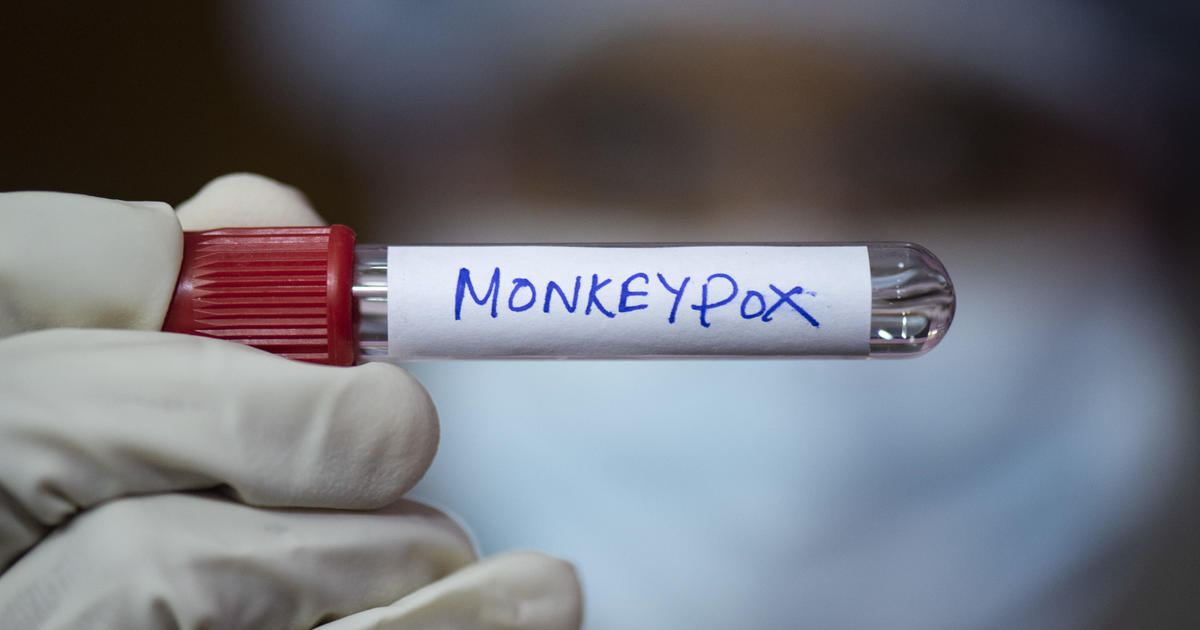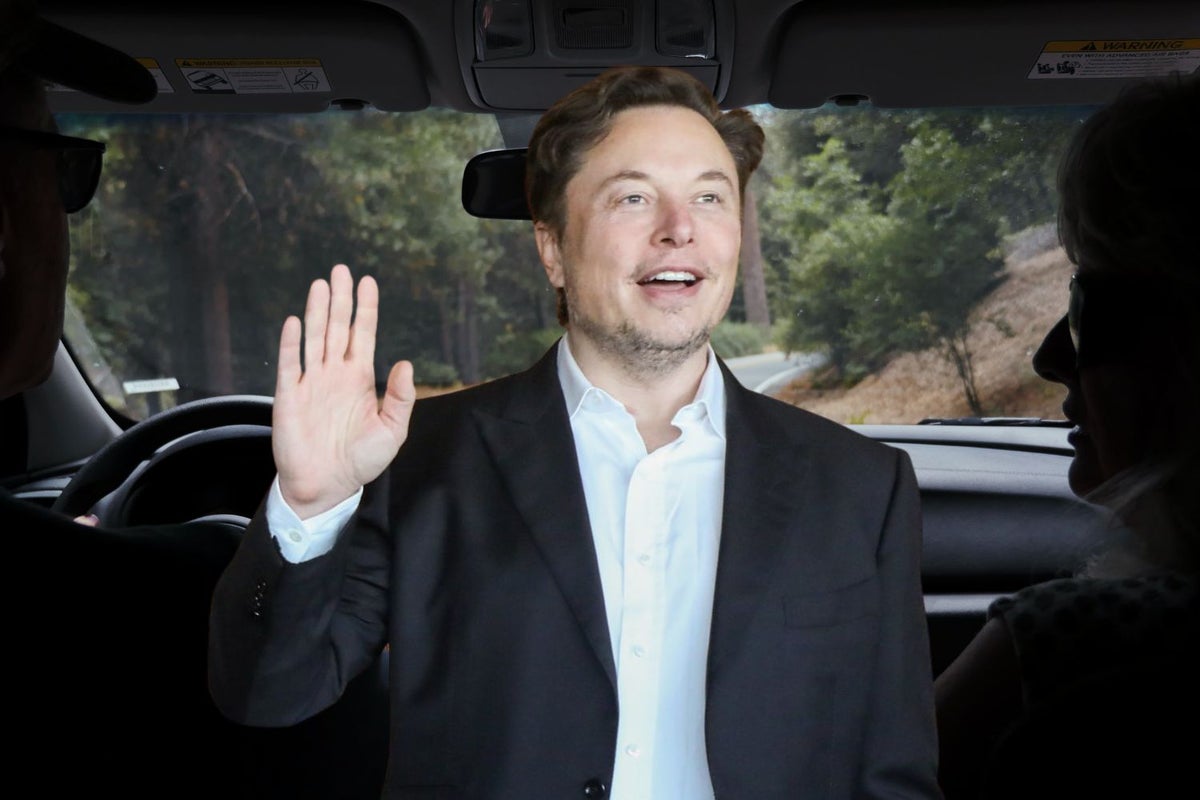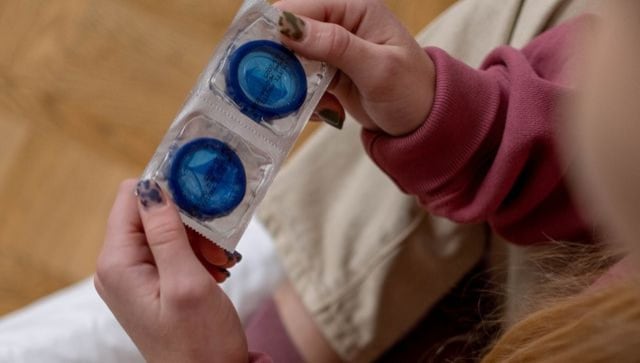SAN FRANCISCO – A San Francisco resident came out of isolation this week after he says he got monkeypox from a quick interaction with a friend in public, saying he wants this case to bring more attention to the outbreak in general but also that the virus can spread beyond sexual contact with partners.
“I touched another person’s cheek, that’s how it was transmitted to me,” David Watson said on Thursday. “You could go to a dance party and have your shirt off and rub up against somebody who has an active lesion. That’s all it took.”
Watson remembers hugging and kissing a friend near 19th Street and Castro Street. Watson later learned that friend had a lesion on his face but thought it was a pimple at the time. He knows that the majority of the cases are among men who have sex with men and they had intimate skin-to-skin contact to spread the disease.
Some local experts say the data cannot be ignored and that the response to this public health emergency should follow how one treats a sexually transmitted infection.
“There’s a very big kind of controversy around that, it’s acting pretty much at this moment like an STD. It’s mostly in men,” said infectious disease expert Dr. Monica Gandhi.
Gandhi told KPIX 5 on Monday part of her view on this approach is informed by the limited supply of monkeypox vaccine.
“Out of the multiple cases, 28,000 worldwide, about 99 percent of them are in men,” said Gandhi.”It’s acting mostly like an STD.”
But leaders in the LGBTQ community say it is limiting to classify monkeypox in that way and it can be stigmatizing, especially since the virus can spread in other ways and not just among gay and bisexual men. While the focus can be on that community, they say the messaging should make clear that anyone can get this disease.
“We want to use harm reduction strategies to encourage people to limit their risk,” said Adrian Shanker, the executive director of the Spahr Center, which is an LGBTQ nonprofit based in Marin County. “We’re not out there telling people to drastically change their lives beyond what they’re comfortable with because we know it won’t work.”
Shanker says more resources are needed to stop the spread including vaccine doses and education. He wants anyone who gets the vaccine to remember it becomes more effective after two weeks and again after 28 days of the first shot. It is most effective two weeks after the second dose but because of limited supply, few people are eligible for that shot yet.
Instead of telling people to avoid partners completely, he says limiting close contact and using online connections is one way to stop the spread.
“Both my dogs got it from us, we have two pit bulls, and we did everything to try and isolate ourselves from them,” Watson told KPIX 5.
Watson says his dogs are another example of how the virus can spread outside of sexual contact. His husband and the dogs remain in isolation. Watson did eventually get TPOXX to treat monkeypox but he had to wait until 12 days after showing symptoms. The CDC requirements changed but he still had to complete a lot of paperwork to receive the experimental treatment.
“It can’t be a sole approach because it is transmitted through casual contact,” he said.
Shawn Chitnis
Discovered on: 2022-08-12 01:50:00
Source: San Francisco monkeypox patient urges new prevention messaging beyond STD a…



